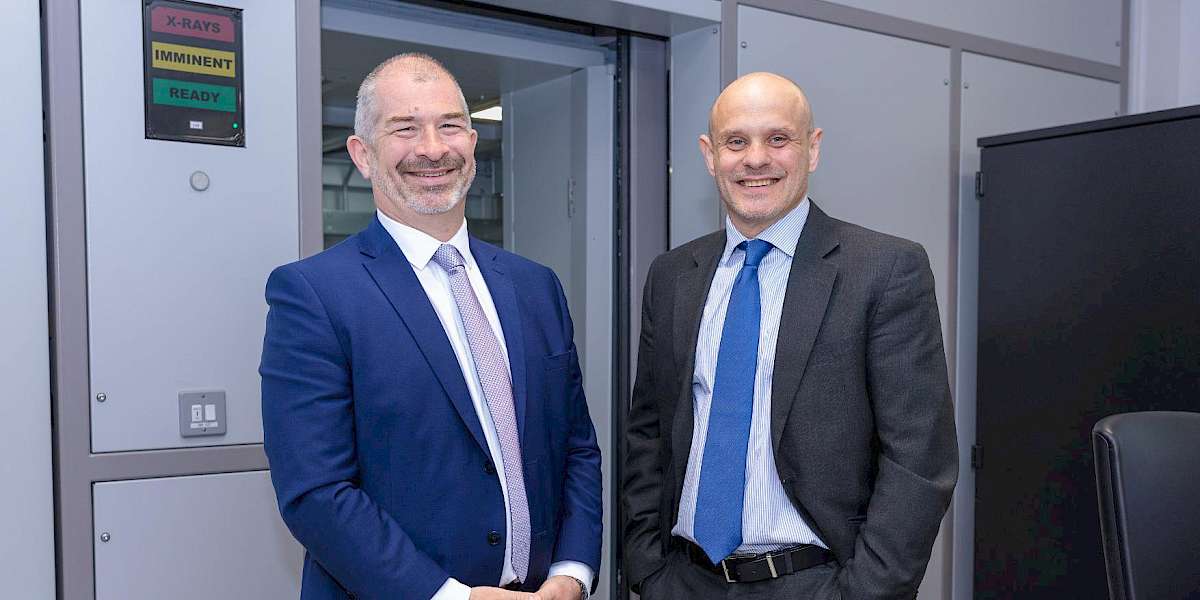Delivering Justice - The 3D Modelling Technology Bringing New Evidence to Trial


Partnerships between police and academic institutions have been crucial in advancing the field of forensic imaging. With the rapid pace of technological advancements, it is important for police forces to keep up with the latest developments to effectively serve the public. One such collaboration, in the field of forensic imaging, has allowed for the development of cutting-edge tools and techniques to aid in criminal investigations.
The work of Professor Mark Williams, an engineer at the University of Warwick, and Detective Chief Superintendent Mark Payne, who heads Homicide Investigation for West Midlands Police, has achieved a tremendous impact on the delivery of justice. Williams developed expertise in 3D scanning through years of study and research. Together with Payne, they identified an opportunity to use the scanning technology to aid in criminal investigations. The resulting project provided access to scanners powerful enough to scan materials that provide evidence used to identify injuries in victims of homicides and produce 3D models as evidence in murder trials.
One example of this was in 2014, when Williams and Payne worked on the Birmingham canal murder ‘body in a suitcase’ case. The discovery of bone fragments in a suitcase led to the development of forensic 3D scanning technology for homicide and other areas of law. Williams and Payne recognised there could be other applications for the technology, including modelling and court evidence, and saw the opportunity to expand their work nationally.
Michelle Painter, Head of Forensic Services for West Midlands Police, who provides forensic expertise and ensures compliance to regulation, has supported the collaboration and the team is now working with 30 police forces across the UK.
Solving cases with stronger evidence
The research partnership led by Williams and Payne has contributed to over 325 homicide investigation cases and the creation of 3D topography of injuries and sharp force trauma.
It is a great example of the benefits of integrating science and technology with policing.
This collaboration has not only helped save time and effort in investigations, but has also improved the communication of complex information to juries. Payne notes that the use of scientific modelling has transformed homicide cases, strengthening the Court’s confidence in the evidence. He says:
The use of the scanning technology has enabled us to improve the quality of our pathological enquiries and it provides additional clarity during the investigative process. We are able to present our findings to the court during the trial process, which gives the jury detailed information to assess alongside the other available evidence.
A unique approach
The collaboration between Williams and Payne has not been without its challenges. As Williams explains, “There were barriers to our progress, from contract issues to bureaucracy but we got it done.”
Their work has far-reaching applications beyond homicide cases, including the potential to provide evidence for cases of 3D printed weapons, suspicious fires and cold cases. The impact of their work has been recognised at the 2019 British Science Festival where they presented a talk titled ‘Finding a Murderer’ which was the most attended event within the Festival.
The work of Mark Williams and Mark Payne is a testament to the benefits of science and technology to policing and the peace of mind of victims, as their innovative approach has transformed the way in which criminal cases are investigated and prosecuted. As Williams notes,
It’s all about delivering justice.
A full case report can be found here: Introducing 3D Printed Models as Demonstrative Evidence at Criminal Trials - Baier - 2018 - Journal of Forensic Sciences - Wiley Online Library

